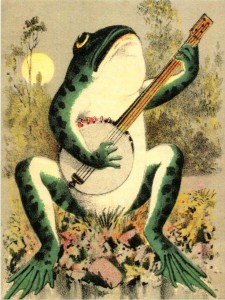The alphabet is one of the first things we ever learn ever. That’s why when you read “A B C D E F G,” you sing The Alphabet Song in your head.
The alphabet might have been drastically different. It once had six more letters that were eventually dropped. And the alphabet we know today was not created alphabetically. “Z” may be the last letter in alphabetical order, but the last letter added to our alphabet was actually “J.”
In the Roman alphabet, the English alphabet’s father, “J” wasn’t a letter. It was just a fancier way of writing the letter “I” called a swash. When lowercase “i”s were used as numerals, the lowercase “j” marked the end of a series of ones, like “xiij” for 13. Both letters were used interchangeably to write the vowel sound /i/ (like the “i” in igloo) and the consonant sound /j/ (like the “y” in yes).
Then along came Gian Giorgio Trissino, a grammarian who wanted to reform Italian linguistics. In 1524, he wrote an essay that identified “I” and “J” as two separate letters. “I” distinguished the aforementioned vowel, and “J” became a con sonant that probably sounded more like the “j” in Beijing. Others later adopted his use of “J,” but Romance languages altered its pronunciation to the “j” we’re familiar with (as in jam).
sonant that probably sounded more like the “j” in Beijing. Others later adopted his use of “J,” but Romance languages altered its pronunciation to the “j” we’re familiar with (as in jam).
The first English book to explain the difference between the two letters was published in 1633, and the rest is linguistic history. If not for good ol’ Trissino, then jolly Jack and joyful Jill couldn’t jump and juggle in the jungle while jostling Joe for his banjo!